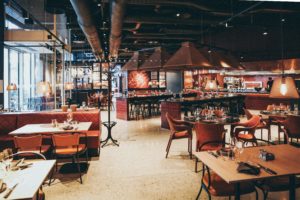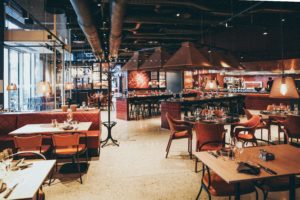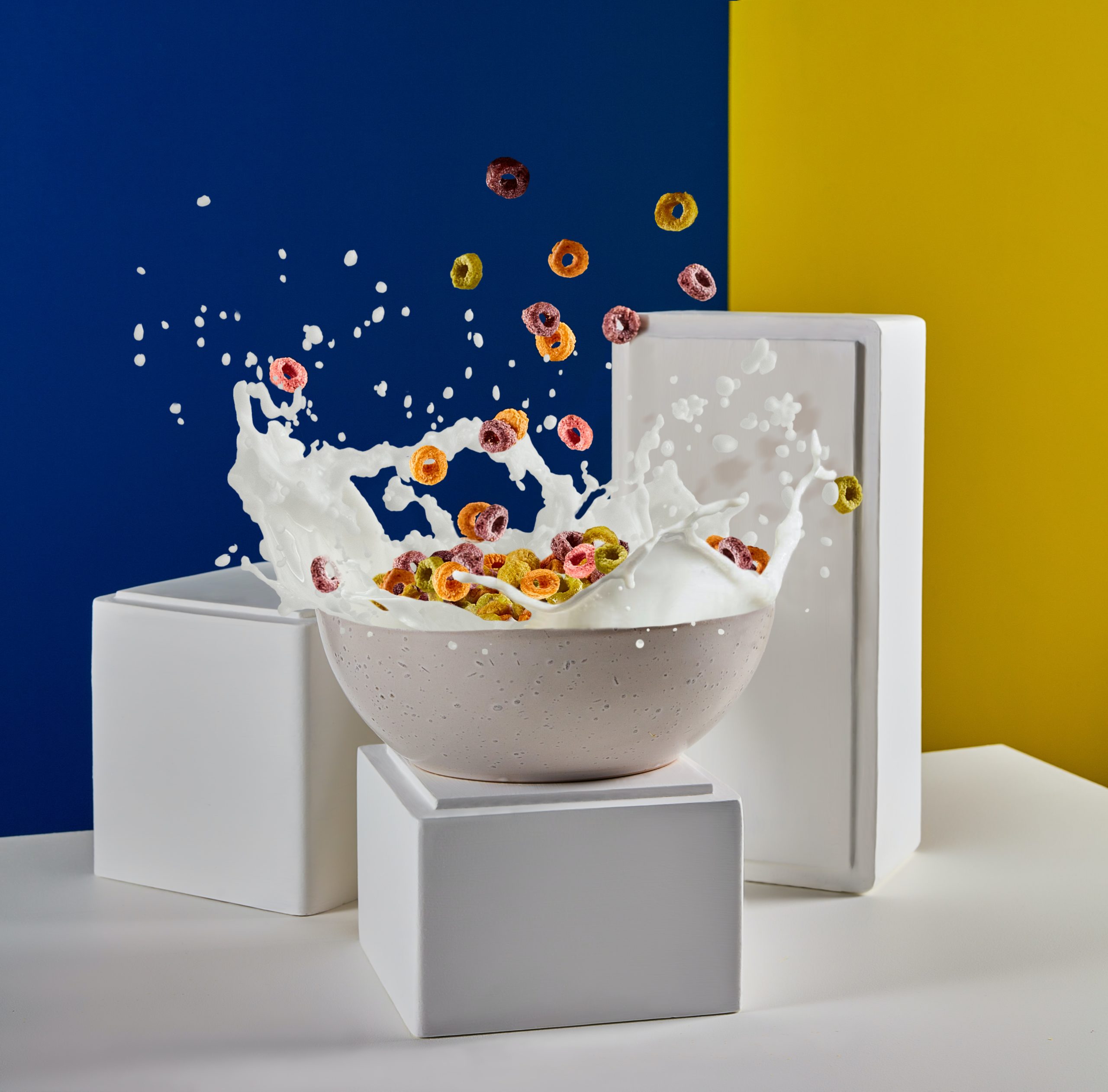Defining a Great Restaurant Experience
Table of Contents
What makes a great restaurant experience? Ambience, service, food, and value are all important components in creating a memorable dining experience. A memorable and delightful eating experience is created by the mix of things that make a great restaurant experience more than just superb food. The ambience of a restaurant sets the tone for your meal from the moment you walk in. From the greeting to the attentiveness of the waiting staff and the service you receive can make or break the encounter. Of course, the quality and flavour of the food, as well as the value for the money, are important considerations but, put them all together and you get a great restaurant experience.
Why Dining Out is Popular
Dining out has evolved into more than just a way to quench your hunger in recent years. It has become a popular social activity, providing an opportunity to socialize with friends and loved ones while enjoying a tasty dinner. It is a way to commemorate memorable milestones such as birthdays, anniversaries, or promotions while also creating long-lasting memories.
Furthermore, dining out allows you to experiment with other cuisines, flavours, and dining experiences that you might not be able to reproduce at home. It is an opportunity to try new flavours and sensations, as well as widen your culinary horizons. Not to mention the convenience – having a break from cooking and cleaning at home may be a wonderful joy!

Atmosphere
- Ambience and Lighting: The ambience and lighting of a restaurant set the mood for the dining experience. A comfortable and inviting atmosphere creates a relaxing and enjoyable dining experience. The lighting should be appropriate for the occasion, providing enough light to read the menu but not too bright as to be harsh.
- Music and Noise Levels: Music and noise levels are significant parts of a restaurant’s environment. The music should suit the environment and not be too loud or invasive, and the noise level should be adjusted to allow for comfortable dialogue.
- Cleanliness and Organization: Cleanliness and organization are critical components of a great dining experience. The restaurant should be clean, and the staff should be organized and efficient in their duties.
- Restaurant Decor and Style: The decor and style of a restaurant can enhance the dining experience by providing a unique and memorable ambience. It should complement the restaurant’s cuisine and theme, producing a unified and delightful dining experience.
Service
- Greeting and Host: When you enter a restaurant, the reception and host may make or break your eating experience. A kind and warm greeting can instantly put you at ease, making you feel welcome and respected as a guest. The host is responsible for more than just seating you at a table; they also set the tone and mood of the restaurant.
- A skilled and attentive host can answer any menu inquiries, make recommendations, and even tailor your dining experience to your tastes. They can also easily and efficiently handle any unique demands, such as dietary restrictions or seating configurations. Overall, the greeting and host can play an important role in establishing a great and memorable dining experience, leaving customers satisfied.
- The waiting staff is the backbone of every great restaurant experience. They have an important role in ensuring that diners feel comfortable, valued, and cared for throughout their dinner, in addition to taking orders and delivering food. The waiting staff should be attentive to diners’ requirements, whether it is refilling water glasses or honouring special requests.
- They should also be familiar with the menu, including the ingredients, preparation, and flavour characteristics of each dish, and should be ready to offer recommendations and advice when asked. This can assist guests in making educated decisions and improve their overall eating experience. Waiting for staff should be friendly and engaging in addition to attentive, striking a balance between being present when needed and letting diners enjoy their meal.
- It is critical to have experienced waiting staff who are well-versed with the restaurant’s menu and specials to provide guests with a good dining experience. Wait staff should be able to provide thorough information on the dishes and ingredients, as well as make recommendations depending on the customer’s likes and preferences. They should also be able to accommodate any dietary restrictions or preferences that a customer may have and should be able to recommend suitable substitutes or alterations to dishes as needed.
- Furthermore, the waiting staff should be aware of any specials or promotions offered by the restaurant, such as seasonal or daily cuisine, as well as any recommended wine or beverage pairings. This knowledge can assist consumers in making informed ordering decisions and improves the overall dining experience
Speed of Service: The speed with which service is provided can have a considerable impact on the whole dining experience. Customers expect prompt service from the time their orders are taken to the time their meals and beverages are served. Customers should not feel rushed or neglected if the waiting staff is efficient and attentive.
Long lines for food or drinks can be aggravating, so it is critical to manage customer expectations and keep them updated on any delays. Additionally, diners like it when their plates are cleared promptly, allowing them to fully enjoy their meal without having to worry about clutter on the table. Overall, creating an outstanding dining experience requires striking a balance between efficiency and attentiveness.
- Special Requests and Accommodations: In the restaurant sector, special requests and concessions are becoming increasingly crucial. Guests with special dietary requirements, food allergies, or cultural preferences must feel at ease and secure when dining out.
- Restaurants should be able to meet customer needs by offering a choice of selections and honouring any special requests they may have. The waiting staff should be educated about the ingredients and techniques of preparation for each dish, and they should be able to suggest alternatives or adjustments to satisfy the needs of the visitors.
- Furthermore, kitchen personnel should be taught to manage particular demands while avoiding cross-contamination. Restaurants can guarantee that all visitors feel welcome and satisfied with their dining experience by being able to meet diverse requests and limits.

:
Food and Beverages
- The quality of ingredients used in food and beverages plays a significant role in creating a memorable dining experience. The flavour, texture, and aroma of the dish or drink are influenced by the quality of the ingredients. Using fresh, high-quality ingredients that complement each other can elevate the dish’s taste and presentation.
- Chefs who take pride in their ingredients and source them from trusted suppliers can showcase their creativity by combining them to produce innovative and delicious dishes. In addition, using high-quality ingredients can also have health benefits for diners.
- The presentation of dishes is critical in giving a memorable dining experience. Food should be plated and arranged in a visually appealing manner, with an emphasis on the colours and textures of the ingredients. A visually stunning dish can pique the guests’ interest and generate a sense of anticipation.
- Furthermore, whether it is a fancy dining restaurant or a casual bistro, the presentation should be appropriate for the sort of cuisine and dining experience being offered. A restaurant that pays close attention to the presentation of its dishes can leave a lasting impression on its guests.
- Menu creativity and innovation can make a major impact in improving the eating experience. A menu that is distinctive and original can spark diners’ curiosity and make them feel like they are trying something new and interesting. This could include employing unique ingredients, blending unusual flavours, or presenting dishes innovatively and creatively.
A unique menu can help distinguish a restaurant from its competitors and create a distinctive eating experience for its customers. To give a unified and interesting dining experience, the presentation of the food should also be in keeping with the inventiveness of the menu.
Flavours and Taste
The flavours and tastes of the food and beverages should be properly balanced to produce a memorable eating experience. This entails paying close attention to the combination of foods and seasonings needed to create a distinct and pleasing flavour experience. Each meal should have a distinct and harmonious flavour combination that complements one another.
The waiting staff should be aware of the ingredients used and be able to provide recommendations based on the preferences of the diners. The taste and quality of the beverages should be great as well, with just the perfect degree of sweetness, bitterness, or acidity to complement the whole eating experience.
Wine and Beverage Pairings
The importance of wine and beverage pairings in enhancing the dining experience cannot be emphasized. A qualified and experienced sommelier or beverage specialist may recommend the ideal complement for each dish, bringing the flavours and textures to new heights.
The correct wine or beverage can enhance the taste experience, cleanse the palette, or even complement the food. The pairings should be carefully selected to complement the flavours and provide guests with a great eating experience. A decent restaurant should offer a comprehensive wine and beverage list to provide diners with a variety of selections.
Value
Customers want to feel like they are getting their money’s worth when they dine out, therefore value is an important consideration. Customers do not want to splurge on a dinner, thus price and affordability are crucial considerations.
Customers want to feel pleased but not overindulged, therefore portion quantity and quality should be considered. Menu variety and alternatives are also important since customers love having a variety of foods to pick from. Customers like special specials and discounts, which can motivate them to return in the future.

Overall Experience
The total dining experience at a restaurant includes all of the aforementioned characteristics and more. Customers want to know that they can anticipate the same level of service and quality every time they visit, so consistency and dependability are crucial. Customers are constantly looking for something new and intriguing, therefore uniqueness and difference are essential.
Memorable moments and highlights, such as a unique meal or exceptional service, can elevate a dining experience. Customers want to know that their requirements are being met and that the team is concerned about their experience, thus personalization and connection are essential. Finally, customer feedback and evaluations are essential since they can provide useful insights into what the restaurant does well and where changes can be made.
Related articles:
How To Improve Restaurant Profits
Restaurant Management Structure
Frequently Asked Questions
- What are the key factors that make a restaurant great?
The quality of food and service, the setting and ambience, overall value for money, and unforgettable moments are all important components in making a restaurant outstanding.
- Is food or service more important for a great restaurant experience?
A great restaurant experience requires both good food and good service. The food’s quality and the attentiveness of the service are both critical.
- How can a restaurant improve its ambience and atmosphere?
Restaurant ambience and atmosphere can be improved by adjusting lighting, music, and decor. They can also develop a distinct theme or style to match the cuisine.
- What role does price play in the overall restaurant experience?
Price is an important factor in the whole restaurant experience. It should offer good value for money while not sacrificing food or service quality.
- How do you know if a restaurant is worth the investment?
A restaurant is worth investing in if it offers a memorable and delightful eating experience that balances great food, service, ambience, and value for money.
Conclusion
A memorable and delightful dining experience at a restaurant is the result of many interrelated elements. These include the environment, the staff, the food and drinks, the price, and the entire experience. Restaurants may draw in and keep customers by concentrating on these important areas and making continuous improvements. They can also enhance their industry reputation and the success of their business by providing memorable moments for their guest.
[wpforms id=”773″ description=”true”]

